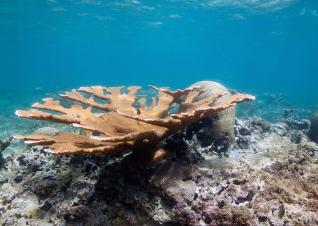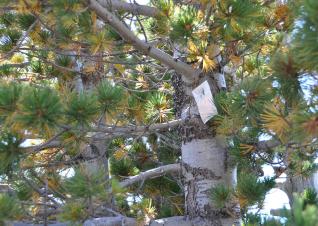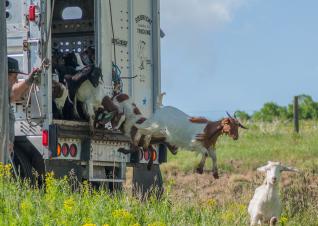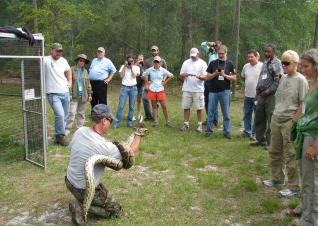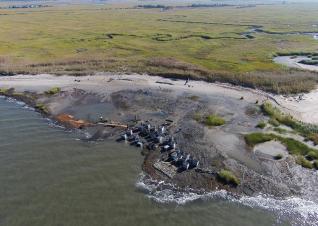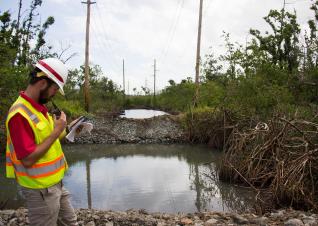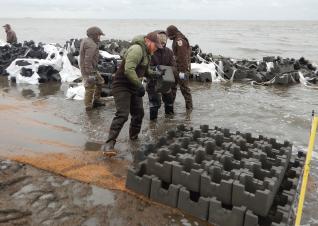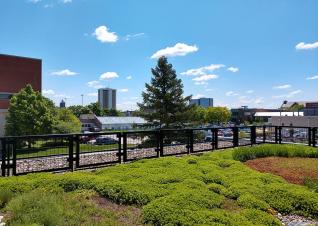Coral reefs are the skeletons of marine invertebrates called coral, which form large underwater structures comprised of colonies.
Nature-Based Solutions Strategy Search
Other searches:
Find case studies →
Find tools and resources →
An invasive or nuisance pest is synonymous with a species that causes harm to humans or the environment. This summary focuses specifically on invasive and nuisance insects and pathogens.
An invasive or nuisance pest is a species that causes harm to humans or the environment. This strategy focuses on invasive plant species.
An invasive or nuisance pest is a species that causes harm to humans or the environment. This strategy focuses on invasive animal species.
Living shoreline creation refers to the process of planting vegetation along the shoreline and installing structures that help hold the vegetation in place.
Mangrove ecosystems are a form of coastal wetlands found in tropical and subtropical regions. These systems support halophytic (salt-loving) trees, shrubs, and other plants, and are dominated by mangrove trees.
Oysters are a cornerstone of coastal ecosystems and fisheries, providing structural protection to the coast as well as improving water quality.
Urban greening is a general term used to describe efforts to renature urban areas by installing various types of green infrastructure.

